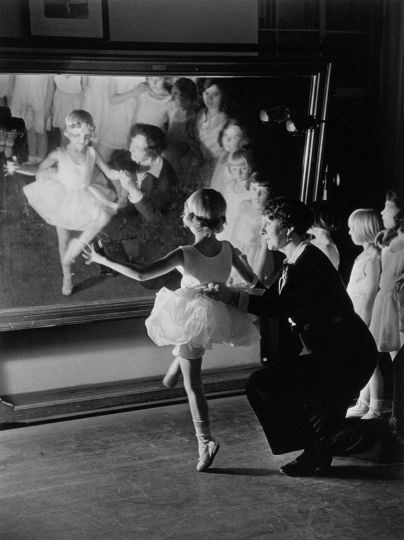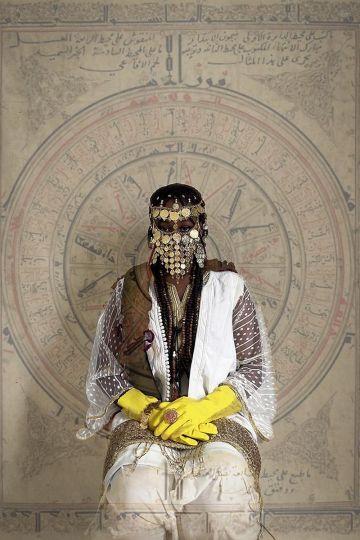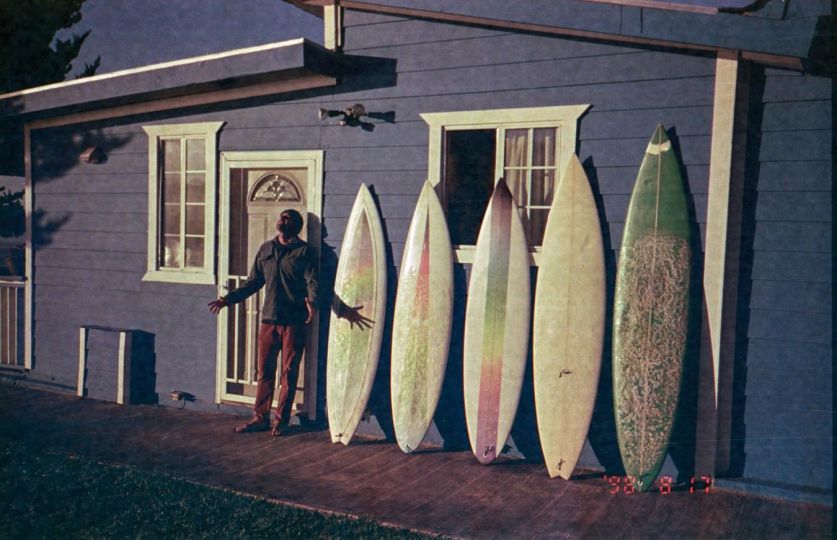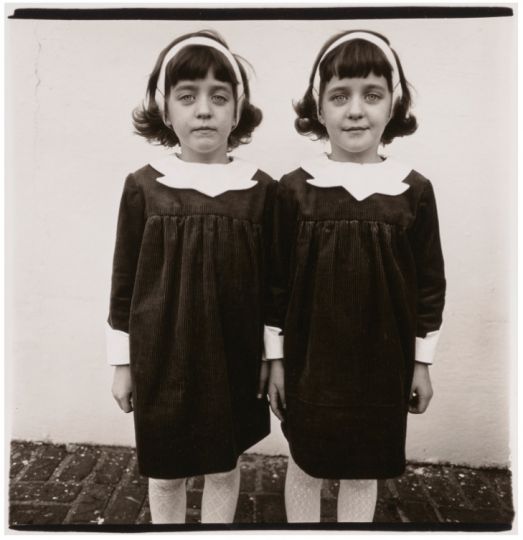No Photo
This “No Photo” portfolio deals with the balancing act between legal and practical aspects of nonconsensual photography. Photographing subjects unwittingly or without their consent are issues which photographers face every day. In this light the most common issue with photographing people is the question of whether prior consent is required, especially for sensitive or marginalised individuals. So, where is the street photography ethical line/comparrison with other issues as the photographs of the war victims, famine, natural disasters.
Photographers , more or less, interpret the rules in accordance with our own national customs and personal convictions. Many renowned street photographers are likely to agree with the statement that “street photography is like driving a car – sooner or later, you are going to get into an accident”.
For me this is reality of photojournalism, which one may not agree with. In this connection, however, who asks us for consent when we are monitored at almost every moment walking around public areas with CCTVs, or when bystanders are caught in selfies posted by bloggers on Instagram.
Al in all,”creative ambiguity” relating to the question of the right to take photographs or the rejection of them will continue to allow photographers a degree of image taking license, despite legal and moral dilemmas, to document the lives of individuals – especially those on the brink of society, and gain an insight into human condition that supposedly should be solved by institutions of the society. So, if photography could be used to help dispel ignorance, passivity, bigotry, the future might be brighter.
















